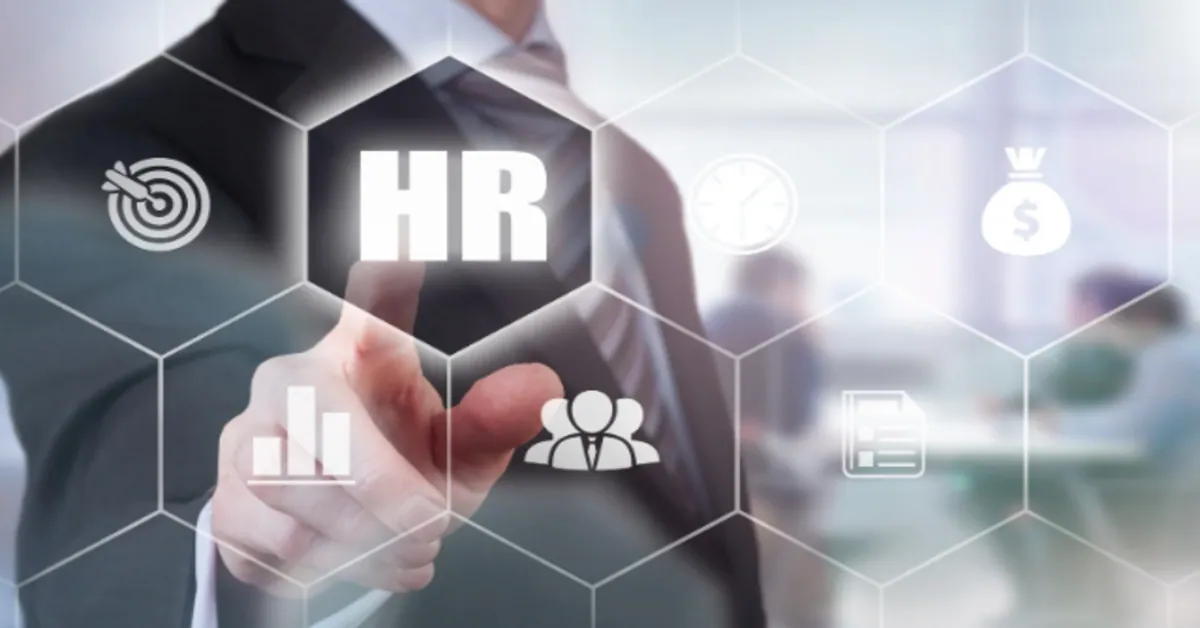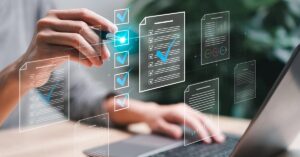The digital age today is sensitive, and businesses have to handle a lot of information that’s pretty sensitive in the department of human resources. HRMS, or human resource management system software, manages payroll, hiring procedures, employee data, and many other pieces. However, all these conveniences come with a heavy responsibility: protecting applicant and employee private data from breaches, cyberattacks, and unauthorized entry. To keep all this data safe, take just these simple steps.
Always use strong passwords and multilayer authentication
The most straightforward yet effective way for securing data would be strong password use. Make sure to remind employees to develop hard-to-guess passwords that must not have ever been in use before. Implement MFA, too. MFA requires that, aside from their password, they provide other proof of identity, like an authenticated code to their phone. This makes it much more difficult for illegal users to break into the system.
Limit Access to Sensitive Information
Not each employee in your organization should have access to all information. You can ensure that certain information can only be accessed or modified by the members of the HR team who are allowed to see or change that type of information. Configure the HRMS software to limit employee’s access only to the data they will use in performing their job functions. That way, fewer pieces of information will fall into wrong hands.
Keep Software Updated
To take advantage of security flaws, cybercriminals frequently search for out-of-date software. It’s critical to update your HRMS software on a regular basis because security patches are frequently included in updates. To be safe from the most recent dangers, schedule updates often or, if at all possible, activate automatic updates.
Encrypt Sensitive Information
Your information is encrypted. Encryption means that if someone intercepted the information, that person would not have been able to read it without the “key.” Make sure that the HRMS you are using encrypts all sensitive data, including applicants and employee personal data while transmitting and storing.
Train Employees on Data Security
Human error is one of the main reasons for data breaches. Train your staff to take responsibility for maintaining data security by conducting regular good data security practices training sessions. Train on the understanding of why data protection should be relevant, how to create passwords, and how to identify phishing e-mails.
Use Secure Cloud Storage
One benefit of many HRMS is cloud based storage. Although very convenient, it is important to select a reputable, secure cloud service. Make sure that your provider complies with data protection legislation, provides end-to-end encryption, and regularly updates its security. In the cloud, this protects your data from unauthorized access.
Backup Regularly
Backups will always be essential in case there is data loss or cyberattacks. To ensure safe copies of key data, make sure your HRMS software provides automatic features for backup. Regular backups ensure that whenever a system failure, cyberattack, or unwanted deletion happens, you will be free to restore data.
Monitor and Audit Access
HRMS should be able to track who is accessing what information. Ongoing monitoring and auditing might be able to catch anomalous activities early. An audit trail will alert your team if a person tries accessing sensitive information without the needed authorization, allowing you to take action before things get out of hand.
Comply with Data Protection Laws
Data protection laws, the GDPR in the European Union is an example, state how companies should handle personal data. Ensure that the HR practices in your organization comply with these laws. Examples include a privacy policy, secure data storage, and special data deletion procedures once the information is not needed anymore. Compliance builds trust from applicants and employees and blocks data breaches
Develop a Response Breach Plan
Anyway, even with good security, it cannot be prevented that data breaches will happen. Prepare an action plan to know how you would react when your compromised data occurs. This should include: notification of affected parties, ‘securing of breach’, and examination of cause. Readiness helps restore trust and minimizes impact of a breach.
Last Note
The most important factor for any business to do while using an HRMS is protecting its applications and employee data. One can do this by using robust passwords, putting limits on access, upgrading the software, encrypting data, educating employees, using cloud storage securely, backing up data, monitoring who has access, complying with regulatory requirements, and preparing a response plan. In today’s world, data security is no longer an option but a responsibility.





